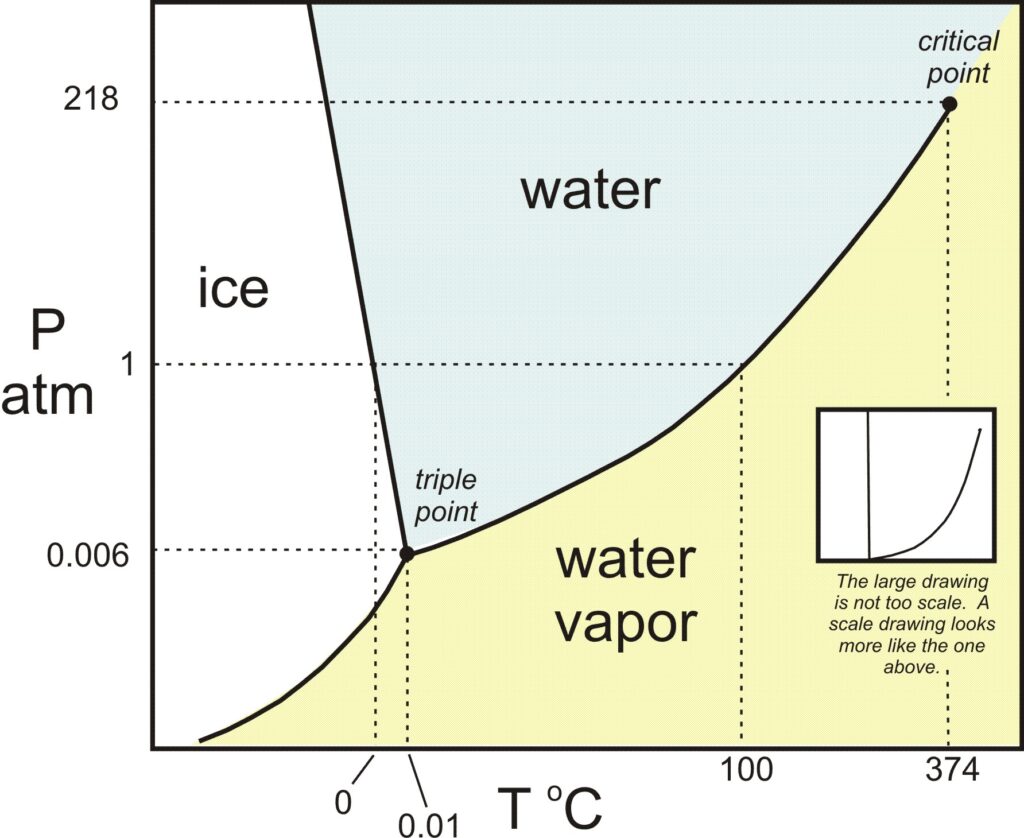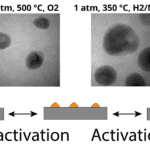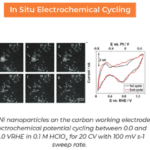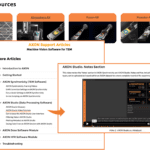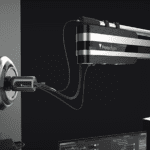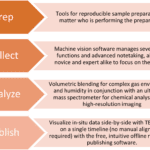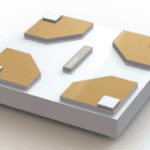
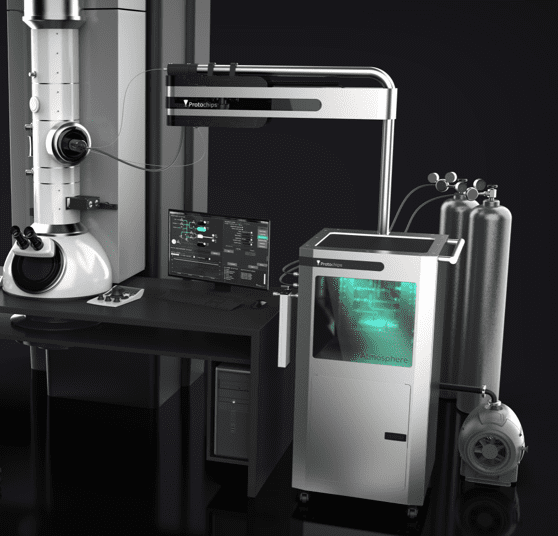
Most catalysts and protective coatings are utilized in humid environments within the real world, and the humidity plays a large role in the durability of these materials over time. When using gas-phase in situ TEM to study the aging of these materials, the ideal situation would be to create the most realistic experimental environment so you can observe what happens in the real world, and this includes adding humidity. Creating humidity within an in situ TEM system requires one important capability in order to do this in a reproducible and quantitative manner: there needs to be a means to prevent condensation within the gas lines.
Two major issues are caused by condensation:
- The humidity percentage set for the environment is no longer accurate as vapor has condensed out of the gas phase
- Contamination of future experiments due to the difficulty of removing liquid water from gas lines
What causes condensation in the gas lines?
Most commonly, it is caused by the vapor experiencing a decrease in temperat ure large enough to causeit to condense. Typically, vapors are created by heating a liquid up to its boiling poin t and introducing the vapor to a carrier gas, like when using a bubbler . However, once the vapor leaves the initial creation point, it experiences a temperature drop back down to room temperature , which will cause some of it to condense back into the liquid phase.
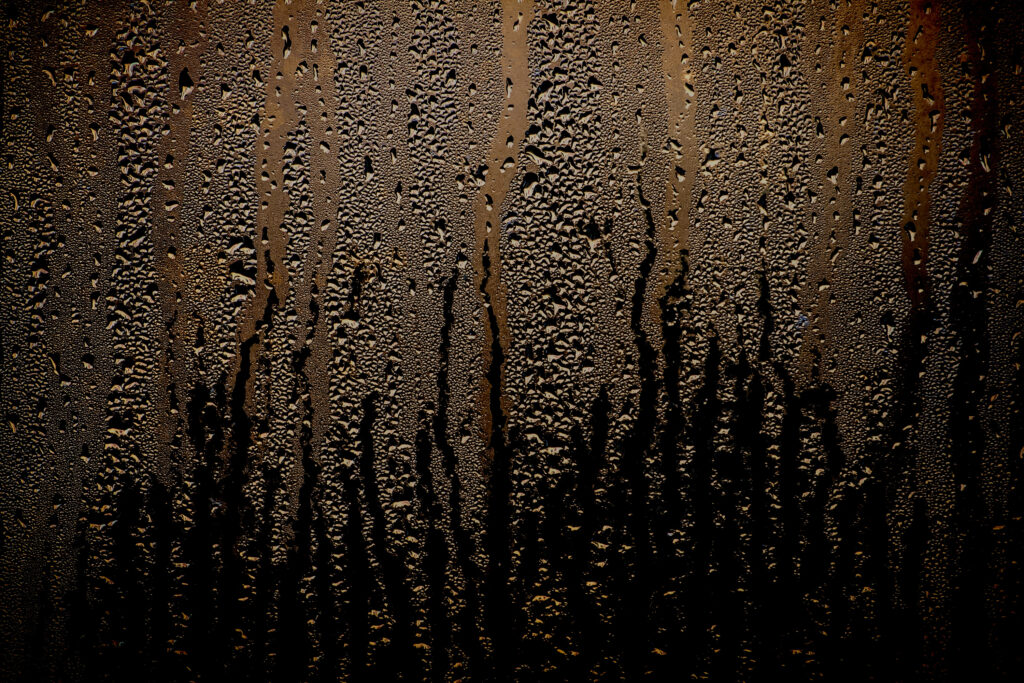
How can condensation be prevented?
Keep the temperature constant through the entire gas flow path.
The Protochips Atmosphere AX system is unique in this instance, using volumetric blending to create vapors at room temperature by manipulating pressure instead of temperature. Looking at a liquid’s phase diagram chart, at low pressures liquids, will vaporize at room temperatur, allowing them to travel through the entire gas flow path at the same temperature as where it was created without experiencing a drastic temperature drop.
Can the Atmosphere AX system only vaporize water?
The Protochips Atmosphere AX system is not limited to only vaporizing water! Since the volumetric blending technique does not require calibration to specific gases, you are free to vaporize any liquid that is compatible with the materials of the system. This includes methanol, ethanol, propane, benzene, etc. that can be used as reactants as part of different experiments, providing a wide range of flexibility for your project and others in your lab.
Want to learn more about our machine vision-based Atmosphere system? Download our brochure here

